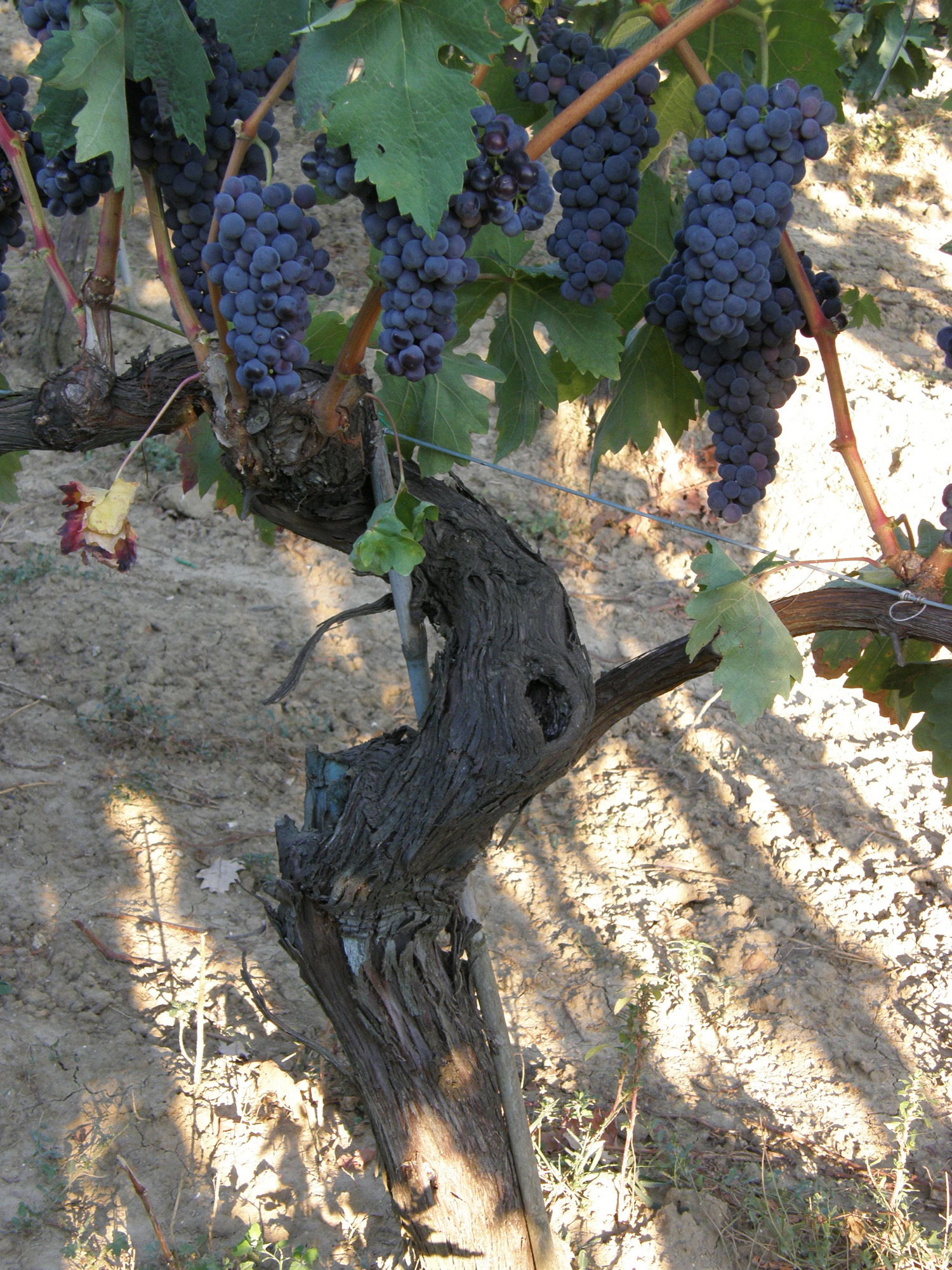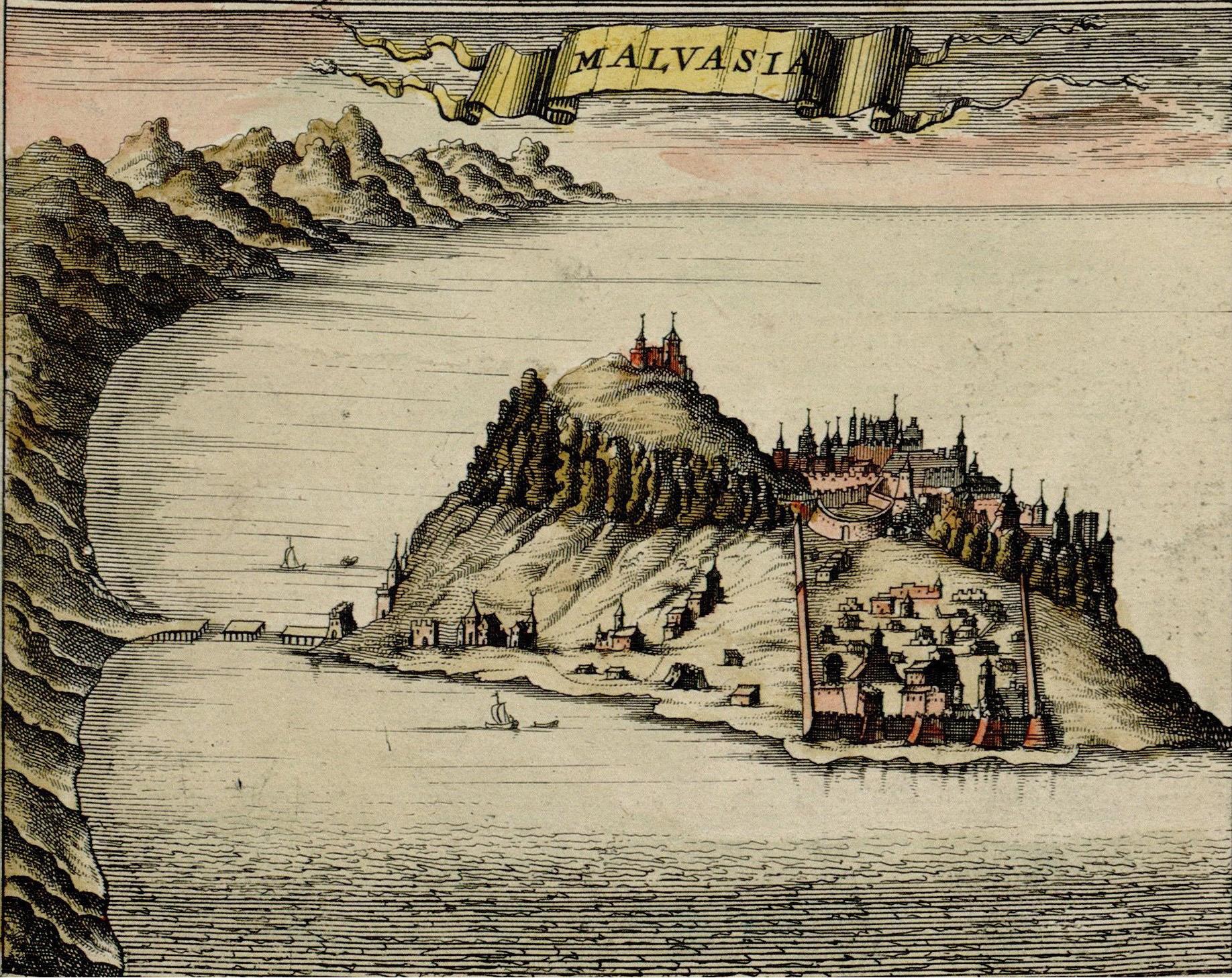|
Távora-Varosa DOC
Távora-Varosa is a Portuguese wine region located in the northwestern section of the Beiras region. The region is designated as '' Denominação de Origem Controlada'' (DOC) after it was promoted from its former '' Indicação de Proveniencia Regulamentada'' (IPR) status, when it was called Varosa IPR. At the same time, the former Encostas da Nave IPR, bordering the Douro, was absorbed into the Távora-Varosa DOC. The white wines of Távora-Varosa have traditionally been used by Portuguese sparkling wine producers as part of a base ''cuvée'',T. Stevenson ''"The Sotheby's Wine Encyclopedia"'' pg 332 Dorling Kindersley 2005 while the wines of the former Encostas da Nave IPR are very similar to the wines of the Douro region.T. Stevenson ''"The Sotheby's Wine Encyclopedia"'' pg 331 Dorling Kindersley 2005 Grapes The principle grapes of the Távora-Varosa region (including the former Encostas da Nave IPR) include Alvarelhao, Arinto, Borrado das Moscas, Cercial, Chardonnay, Fer ... [...More Info...] [...Related Items...] OR: [Wikipedia] [Google] [Baidu] |
Touriga Nacional
Touriga Nacional is a variety of red wine grape, considered by many to be Portugal's finest. Despite the low yields from its small grapes, it plays a big part in the blends used for ports, and is increasingly being used for table wine in the Douro and Dão. Touriga Nacional provides structure and body to wine, with high tannins and concentrated flavors of black fruit. Jancis Robinson has compared its relationship with Touriga Francesa to the partnership between Cabernet Sauvignon and Cabernet Franc, the former providing structure, the latter filling out the bouquet.J. Robinson ''Vines, Grapes & Wines'' pg 216 Mitchell Beazley 1986 Viticulture The vine is very vigorous, and good results depend on keeping it in check. In the Douro it is grown in searing heat in steep schisty vineyards that are more rock than soil. The alternative name of Mortágua pays tribute to these harsh conditions. It is usually trained under one of the Guyot systems, and needs severe pruning to keep it un ... [...More Info...] [...Related Items...] OR: [Wikipedia] [Google] [Baidu] |
Touriga Francesa
Touriga Francesa (or Touriga Franca) is one of the major grape varieties used to produce port wine. Touriga Francesa is lighter and more perfumed than Touriga Nacional, adding finesse to the wine. Touriga Francesa has been described by Jancis Robinson as playing " Cabernet Franc to Touriga Nacional’s Cabernet Sauvignon".J. Robinson ''Vines, Grapes & Wines'' pg 216 Mitchell Beazley 1986 It is a cross of two other indigenous Portuguese wine grape varieties Mourisco tinto and Touriga Nacional. Touriga Francesa is quite similar to Touriga Nacional, needing harsh conditions to keep vigor down as it gets on the steep arid slopes of the Douro. It is usually trained low to the ground under one of the Royat systems. Yields are medium (1,5 kg/vine), not as bad as Touriga Nacional. Wine regions *In Australia, there have been experimental plantings of the grape in Tasmania and other areas for port style wines. *In Portugal, Touriga Francesa is the fifth most planted grape, with ... [...More Info...] [...Related Items...] OR: [Wikipedia] [Google] [Baidu] |
Tinta Barroca
Tinta Barroca is a Portuguese red wine grape that is grown primarily in the Douro region with some plantings in South Africa and the Riverland wine region of Australia. In Portugal, it is a common blending grape in Port wine while in South Africa and Australia it is normally made into a varietal wine or blend with other grapes. The vine was introduced to the Douro region in the late 19th century and has the advantages of being able to withstand cool conditions while planted on north-facing slopes. J. Robinson ''Vines, Grapes & Wines'' pg 216 Mitchell Beazley 1986 See also *List of Port wine grapes *List of Portuguese grape varieties Portugal's history of viticulture and vinification covers many centuries and has included the use of an extensive number native varieties. In addition, through experimentation and field trials a number of new varieties have emerged and are now pla ... References {{wine-grape-stub Red wine grape varieties ... [...More Info...] [...Related Items...] OR: [Wikipedia] [Google] [Baidu] |
Tempranillo
Tempranillo (also known as Ull de Llebre, Cencibel, Tinto Fino and Tinta del Pais in Spain, Aragonez or Tinta Roriz in Portugal, and several other synonyms elsewhere) is a black grape variety widely grown to make full-bodied red wines in its native Spain. Its name is the diminutive of the Spanish ''temprano'' ("early"), a reference to the fact that it ripens several weeks earlier than most Spanish red grapes. Tempranillo has been grown on the Iberian Peninsula since the time of Phoenician settlements. It is the main grape used in Rioja, and is often referred to as Spain's noble grape. The grape has been planted throughout the globe's wine regions. In 2015, Tempranillo was the fourth most widely planted wine grape variety worldwide with under vine, of which 87% was in Spain where it is the most planted red grape variety. Unlike more aromatic red wine varieties like Cabernet Sauvignon, Sangiovese and Pinot noir, Tempranillo has a relatively neutral profile so it is often b ... [...More Info...] [...Related Items...] OR: [Wikipedia] [Google] [Baidu] |
Pinot Noir
Pinot Noir () is a red-wine grape variety of the species ''Vitis vinifera''. The name may also refer to wines created predominantly from pinot noir grapes. The name is derived from the French language, French words for ''pine'' and ''black.'' The word ''pine'' alludes to the grape variety having tightly clustered, pinecone–shaped bunches of fruit. Pinot Noir grapes are grown around the world, mostly in cooler climates, and the grape is chiefly associated with the Burgundy (wine), Burgundy region of France (wine), France. Pinot Noir is now used to make red wines around the world, as well as champagne, Sparkling wine, sparkling white wines such as the Italian wine, Italian Franciacorta, and Wine from the United Kingdom, English sparkling wines. Regions that have gained a reputation for red pinot noir wines include the Willamette Valley (wine), Willamette Valley of Oregon (wine), Oregon; the Carneros (AVA), Carneros, Central Coast (AVA), Central Coast, Sonoma Coast AVA, Sonoma ... [...More Info...] [...Related Items...] OR: [Wikipedia] [Google] [Baidu] |
Pinot Blanc
Pinot blanc is a white wine grape. It is a point genetic mutation of Pinot noir. Pinot noir is genetically unstable and will occasionally experience a point mutation in which a vine bears all black fruit except for one cane which produces white fruit. Origins and regional production In Alsace, Germany, Luxembourg, Italy, Hungary, Czech Republic and Slovakia, the wine produced from this grape is a full-bodied white. In Germany, where it is known as Weißer Burgunder or Weißburgunder, there were of Pinot blanc in 2018. The most powerful versions are usually made in Baden and Palatinate. In 2018, there were of Pinot blanc in France, with most of the plantations found in Alsace, where it is used for both still white wines and is the most common variety used for sparkling wine, Crémant d'Alsace. Somewhat confusingly, the designation "Pinot blanc" for Alsace AOC wine does not necessarily mean that the wine is varietally pure Pinot blanc. (This is in difference to Pinot gris, wh ... [...More Info...] [...Related Items...] OR: [Wikipedia] [Google] [Baidu] |
Mourisco Tinto
Marufo or Mourisco tinto is a red Portuguese wine grape that is planted primarily in the Douro DOC. It is a recommended grape in Port wine Port wine (also known as vinho do Porto, , or simply port) is a Portuguese wine, Portuguese fortified wine produced in the Douro, Douro Valley of Norte, Portugal, northern Portugal. It is typically a sweetness of wine, sweet red wine, often ... production. J. Robinson ''Jancis Robinson's Wine Course'' Third Edition pg 144 Abbeville Press 2003 Synonyms Marufo is also known under the synonyms Abrunhal, Barrete De Padre, Brujidera, Crujidera, Lagrima Noir, Malvasia, Marouco, Marufa, Marujo, Morisco tinto, , Mourico, Mourisca, Mourisco, Mourisco Du Douro, Mourisco Preto, Mourisco tinto, Tinta Amarela Grossa, Tinta Do Caramelo, and Tinta Grossa. References {{wine-grape-stub Red wine grape varieties ... [...More Info...] [...Related Items...] OR: [Wikipedia] [Google] [Baidu] |
Malvasia Fina
Malvasia (, also known as Malvazia) is a group of wine grape varieties grown historically in the Mediterranean region, Balearic Islands, Canary Islands and the island of Madeira, but now grown in many of the winemaking regions of the world. In the past, the names Malvasia, Malvazia, and Malmsey have been used interchangeably for Malvasia-based wines; however, in modern oenology, "Malmsey" is now used almost exclusively for a sweet variety of Madeira wine made from the Malvasia grape. Grape varieties in this family include Malvasia bianca, Malvasia di Schierano, Malvasia negra, , Malvasia nera di Brindisi, Malvasia di Candia aromatica, Malvasia odorosissima, and a number of other varieties. Malvasia wines are produced in Greece (regions of Peloponnese, Cyclades and Crete), Italy (including Friuli-Venezia Giulia, Lombardia, Apulia, Sicily, Lipari, Emilia-Romagna, and Sardinia), Slovenia, Croatia (including Istria), Corsica, the Iberian Peninsula, the Canary Islands, the island o ... [...More Info...] [...Related Items...] OR: [Wikipedia] [Google] [Baidu] |
Gouveio
Verdelho is a white wine grape grown throughout Portugal, though most associated with the island of Madeira, and also gives its name to one of the four main types of Madeira wine. At the turn of the 20th century it was the most widely planted white grape in Madeira.J. Robinson ''Vines, Grapes & Wines'' pg 248 Mitchell Beazley 1986 Madeira The grape has traditionally been one of the most popular grapes planted on the small island of Madeira since vines were first planted there in the 15th century. It was however badly affected by the Phylloxera plague and the number of vines has decreased greatly in the century since then. Since 1993 any Madeira wine labeled as Verdelho must contain at least 85 percent of the grape, which was not previously required. The variety of Madeira wine known as Verdelho lies between those of Sercial and Bual in style, being drier than Bual but not as dry as Sercial. The variety is known for its high acidity when aged, but if drunk young generally posses ... [...More Info...] [...Related Items...] OR: [Wikipedia] [Google] [Baidu] |




